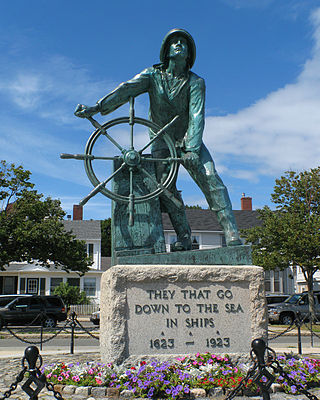
Gloucester is a city in Essex County, Massachusetts, in the United States. It sits on Cape Ann and is a part of Massachusetts's North Shore. The population was 29,729 at the 2020 U.S. Census. An important center of the fishing industry and a popular summer destination, Gloucester consists of an urban core on the north side of the harbor and the outlying neighborhoods of Annisquam, Bay View, Lanesville, Folly Cove, Magnolia, Riverdale, East Gloucester, and West Gloucester.

Salem is a historic coastal city in Essex County, Massachusetts, United States, located on the North Shore of Greater Boston. Continuous settlement by Europeans began in 1626 with English colonists. Salem was one of the most significant seaports trading commodities in early American history. Prior to the dissolution of county governments in Massachusetts in 1999, it served as one of 2 county seats for Essex County alongside Lawrence, Massachusetts.

The Massachusetts Bay Colony (1628–1691), more formally the Colony of Massachusetts Bay, was an English settlement on the east coast of North America around the Massachusetts Bay, one of the several colonies later reorganized as the Province of Massachusetts Bay. The lands of the settlement were in southern New England, with initial settlements on two natural harbors and surrounding land about 15.4 miles (24.8 km) apart—the areas around Salem and Boston, north of the previously established Plymouth Colony. The territory nominally administered by the Massachusetts Bay Colony covered much of central New England, including portions of Massachusetts, Maine, New Hampshire, and Connecticut.

Ipswich is a coastal town in Essex County, Massachusetts, United States. The population was 13,785 at the 2020 census. Home to Willowdale State Forest and Sandy Point State Reservation, Ipswich includes the southern part of Plum Island. A residential community with a vibrant tourism industry, the town is famous for its clams, celebrated annually at the Ipswich Chowderfest, and for Crane Beach, a barrier beach near the Crane estate. Ipswich was incorporated as a town in 1634.

Cape Ann is a rocky peninsula in northeastern Massachusetts on the Atlantic Ocean. It is about 30 miles (48 km) northeast of Boston and marks the northern limit of Massachusetts Bay. Cape Ann includes the city of Gloucester and the towns of Essex, Manchester-by-the-Sea and Rockport.

The Winthrop Fleet was a group of 11 ships led by John Winthrop out of a total of 16 funded by the Massachusetts Bay Company which together carried between 700 and 1,000 Puritans plus livestock and provisions from England to New England over the summer of 1630, during the first period of the Great Migration.
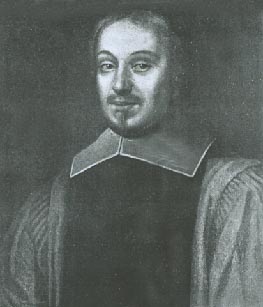
Richard Bellingham was a colonial magistrate, lawyer, and several-time governor of the Massachusetts Bay Colony, and the last surviving signatory of the colonial charter at his death. A wealthy lawyer in Lincolnshire prior to his departure for the New World in 1634, he was a liberal political opponent of the moderate John Winthrop, arguing for expansive views on suffrage and lawmaking, but also religiously somewhat conservative, opposing the efforts of Quakers and Baptists to settle in the colony. He was one of the architects of the Massachusetts Body of Liberties, a document embodying many sentiments also found in the United States Bill of Rights.
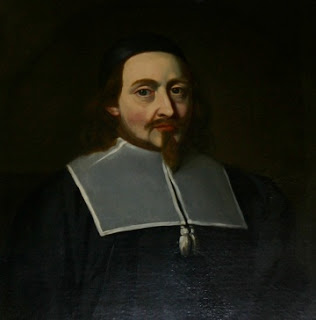
John Endecott, regarded as one of the Fathers of New England, was the longest-serving governor of the Massachusetts Bay Colony, which became the Commonwealth of Massachusetts. He served a total of 16 years, including most of the last 15 years of his life. When not serving as governor, he was involved in other elected and appointed positions from 1628 to 1665 except for the single year of 1634.

Roger Conant was a New England colonist and drysalter credited for establishing the communities of Salem, Peabody, Beverly and Danvers, Massachusetts.

Sir Richard Saltonstall led a group of English settlers up the Charles River to settle in what is now Watertown, Massachusetts in 1630.
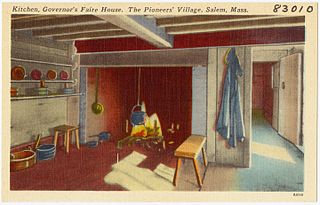
Pioneer Village, also known as Salem 1630: Pioneer Village, is a living history museum recreating the city of Salem as it was in the 17th century. Opened in June 1930, it was the first museum of its kind in the United States.
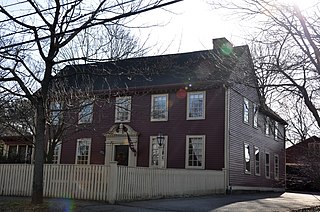
The Exercise Conant House is a historic First Period house in Beverly, Massachusetts, United States. Most of this 2.5-story wood-frame house was built after 1715 for the Reverend John Chipman, and contains many fine Georgian features. Attached to its north side is a two-story single-room ell that dates to c. 1695, and was probably built by Exercise Conant, son of early Cape Ann settler Roger Conant.
Thomas Gardner was an Overseer of the "old planters" party of the Dorchester Company who landed in 1624 at Cape Ann to form a colony at what is now known as Gloucester. Gardner is considered by some to have been the first Governor of Massachusetts, due to his being in authority in the first settlement that became the Massachusetts Bay Colony.
The Old Planters of Massachusetts were settlers of lands on Massachusetts Bay that were not part of the two major settlements in the area, the Plymouth Colony (1620), and the Massachusetts Bay Colony.
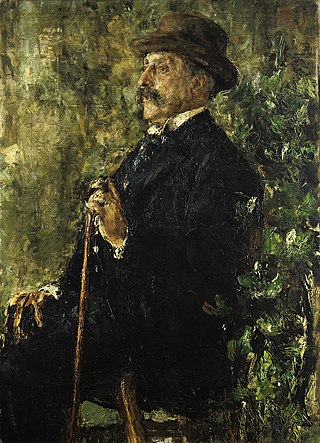
John Lowell Gardner Jr. was an American businessman, art collector, and philanthropist. He and his wife, Isabella Stewart Gardner, were patrons of the arts whose collection is now housed in the Isabella Stewart Gardner Museum.

Joseph Peabody was a merchant and shipowner who dominated trade between Massachusetts and the Far East for a number of years.

Harmony Grove Cemetery is a rural cemetery in Salem, Massachusetts. It was established in 1840 and is located at 30 Grove Street. The cemetery is approximately 35 acres in size and was designed by Francis Peabody and Alexander Wadsworth.
Samuel Skelton was the first pastor of the First Church of Salem, Massachusetts, which is the original Puritan church in North America.

Waitstill Winthrop was a colonial magistrate, military officer, and politician of New England.
Samuel Cole was an early settler of Boston in the Massachusetts Bay Colony, arriving with the Winthrop Fleet in 1630. He was an innkeeper and confectioner, and in 1634 established the first house of entertainment in the colony, called Cole's Inn and referenced by Henry Wadsworth Longfellow in his play John Endicott as the Three Mariners.

















